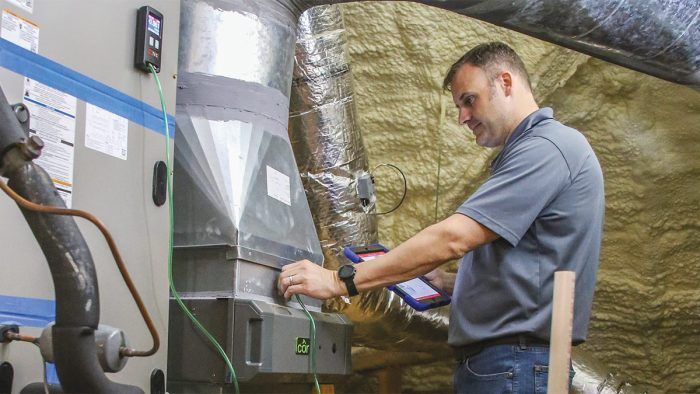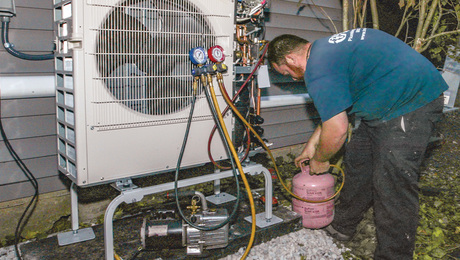Managing HVAC Load Calculations
It is imperative for someone at the end of an HVAC installation to commission the job to ensure the efficiency of the system.

I am a project manager and owners rep for a small affordable-housing nonprofit in Minnesota. I am curious to know how you suggest handling HVAC load calculations. Very few HVAC contractors know how to do these calculations, and they usually are provided at the end of the project, which defeats the purpose because the system that was installed does not reflect the calculated Manual J heating loads.
—Justin V., Rochester, Minn.
Chris Hughes, business development manager for TEC (The Energy Conservatory), replies: I cannot stress enough the importance of spending time vetting out an HVAC contractor that you will depend on from build to build. Not all reputable HVAC contractors are well-versed in the design process, but they should be familiar with Manual J load calculations as well as Manual D (duct design), Manual S (equipment selection), and Manual T (selecting grilles and diffusers). If your contractor does not provide load-calculation services, there are mechanical engineering firms that can supply a report for less than $1000.
If HVAC design calculations are something that you will need to procure for your organization on a regular basis, it might be worth learning how to do them yourself. I recommend using one of the top three ACCA-approved software applications: Kwik Model 3D, Wrightsoft, or Elite. The companies also offer training.
No matter who performs the Manual J, D, S, and T, it is imperative for someone at the end of the installation to commission the job to ensure the efficiency of the system.
It’s very important that the building in question have an airtightness target that the builder expects to hit after construction of the home. This number should be relayed to the HVAC designer for the Manual J portion of the design. Airtightness can make a big impact on heating loads, and many designers oversize systems to compensate for a leaky house. For more information, The Energy Conservatory has a website with a great deal of airtightness training as well as HVAC training; visit store.energyconservatory.com/training.
From Fine Homebuilding #320
RELATED STORIES





























